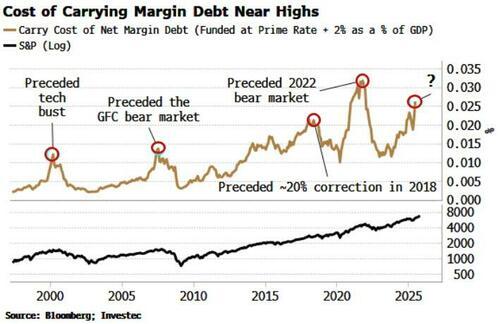Based on data from the first wave of Covid-19, epidemic modellers in Zurich estimate Switzerland would have suffered 22,000 deaths without the restrictions on daily life introduced in March 2020.
The modelling, done by Fadoua Balabdaoui and Dirk Mohr at the Swiss Federal Institute of Technology in Zurich (ETHZ), estimates nearly 75% of Switzerland’s population would be infected by now.
One of the difficulties decision makers face when responding to pandemics is the prevention paradox, something first formally described in 1981 by the epidemiologist Geoffrey Rose. Success almost guarantees some degree of criticism. If measures to reduce viral transmission are successful some will claim that everything was fine and there was no need to act. Essentially, there is no do-nothing version of reality to prove the critics wrong.
However, the Zurich model presents a do-nothing scenario that attempts to show what would have happened without the measures. It also attempts to quantify the impact of the various measures deployed to slow the spread.
Reproduction numbers (R0) measure viral spread. An R0 of 1 means one infected person infects one other. Estimates of the R0 for SARS-CoV-2 range from 2.2 – 6.6.
The model estimates the reproduction number of SARS-CoV-2 in Switzerland decreased from 5.0 to 2.4 due to social distancing and then further from 2.4 to 0.7 due to the stay home policy and the decline in human contact at other locations. If these measures were applied strictly until the end of 2020, the model predicts a total death toll of 2,300. Under a central second wave scenario it predicts around 7,000 deaths. With no restrictions it predicts the total death toll would have been around 22,000.
However, there is an assumption in the model that is at odds with how the virus spread in other places. The model assumes a relatively low infection rate among those over 65, a high risk group. It assumes that roughly 80% of those 65 and under are infected but only 50% of those over 65 are. This assumption means those over 65 are 38% less likely to be infected than those under 65.
These assumptions are based on infection rates during the first wave. The model authors state that older age-groups in Switzerland appear to be protected by the contact patterns among age groups in Switzerland.
Infection percentages for this older group from a large antibody study in Spain contrast with the infection rates used for modelling the Swiss do-nothing scenario. In the Spanish study those over 65 were more heavily infected than those 65 and under. Those in the older group were 27% more likely to be infected than those under 65 rather than less likely.
If the Swiss do-nothing scenario was modelled based on infection data from the Spanish study, more than 80% of those over 65 would be infected rather than 50%.
Given that 95% of Covid-19 related deaths in Switzerland were among those over 65 the estimated death toll under a Swiss do-nothing scenario using Spanish infection rates would probably generate a death estimate closer to 40,000.
If Switzerland had done nothing and experienced contact patterns among age groups similar to Spain the outcome might have been very different.
Full story here Are you the author? Previous post See more for Next postTags: Coronavirus Switzerland,Covid-19 Switzerland,Editor's Choice,Health,newsletter,SARS-CoV-2 Switzerland































